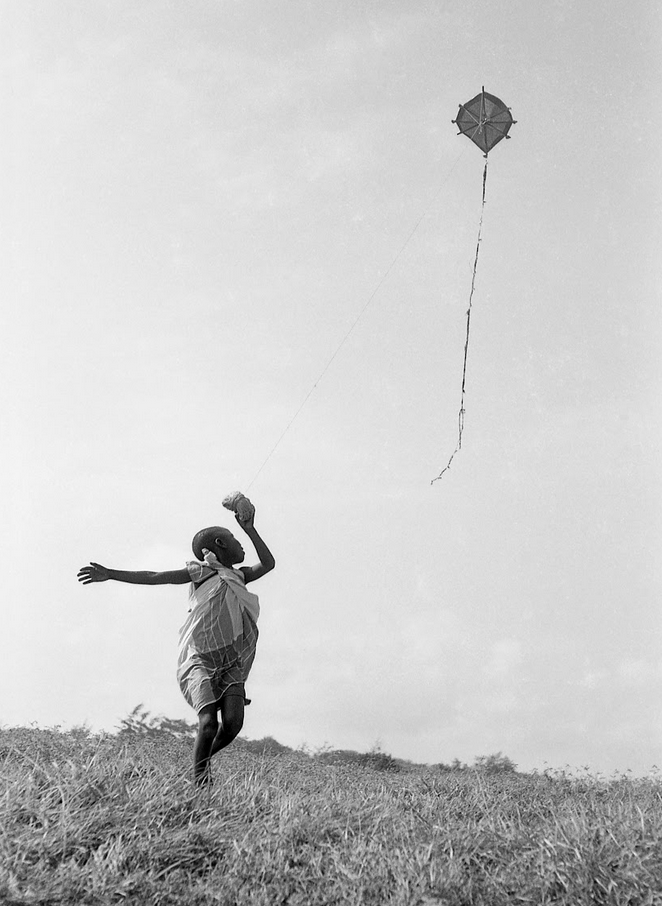
The Willis Bell Archive
The Willis Bell Archive is a remarkable collection of over 40,000 black and white photographs that capture the essence of life in Ghana from the late 1950s to the 1970s. These images, taken by American photographer Willis Bell, provide a comprehensive historical and social record of the era, showcasing themes such as children's play, daily life, ceremonies, festivals, architecture, agriculture, and industry.
Early Life and Career
Willis Bell's journey into photography began during his early years in Asia, where he was educated at Woodstock School in India. His passion for photography was sparked there, leading him to serve in the Merchant Navy and later earn a college degree. After traveling and working globally, Bell settled in Ghana in the 1950s, where he became a prominent professional photographer. His work is noted for its historical and cultural significance, appealing to diverse audiences.
Contributions and Collaborations
Bell collaborated with Efua Sutherland on several publications, including "Playtime in Africa" (1960) and "The Roadmakers" (1962). Beyond photography, he was interested in farming, building design, publishing, and the cultural initiatives of the Mmofra Foundation. Bell passed away in 1999, bequeathing his photographic collection to the Foundation.
Preservation and Impact
The Mmofra Foundation in Accra, Ghana, is currently preserving and cataloging Bell's collection, supported by grants from UCLA's Modern Endangered Archives Program and a 2023 NEH grant to Michigan State University's MATRIX: Center for Digital Humanities and Social Science. This effort aims to make significant contributions to the cultural studies of Western Africa and global photographic histories of the 20th century.
Legacy
Bell's archive is unique, representing an important period in Ghanaian history and cultural heritage. It documents political figures, events, and the processes of modernization and industrialization in Ghana during the post-colonial period. His work challenges prevalent ideas about the role of Western photographers in Africa during the 20th century and is crucial for research on local and global photographic practices.










